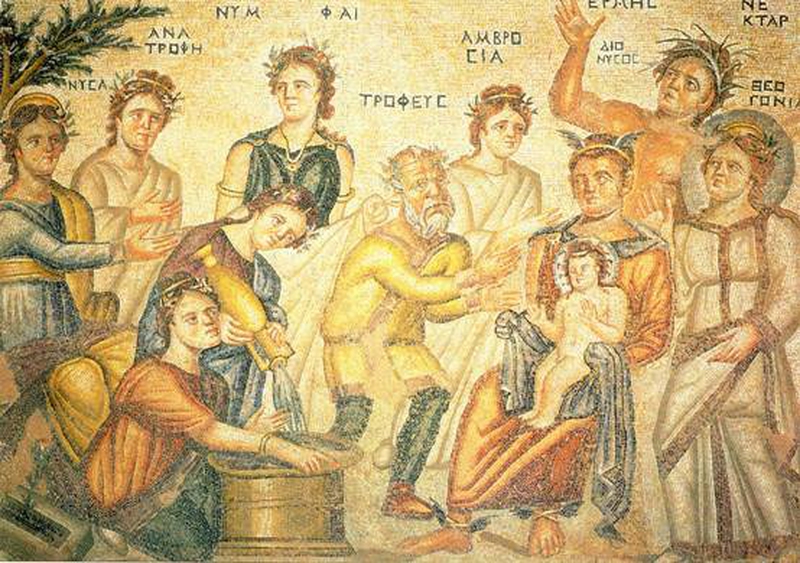1
1. The King, the Falcon, and the Drinking-Cup
I enjoyed reading this story out loud. Usually this is the
way I tend to read stories when I am by myself. I read the story of The King,
the Falcon, and the Drinking-Cup. From reading this story out loud I didn’t think
I would would have missed any details from the story even if I read it in my
head, but just repeating some of the vocabulary that is outdated, was easier to
grasp when read out loud.
 |
| The King, the Falcon, and the Drinking- Cup myth. Photo credits: Enkivillage |
2. What Makes the Lightning
All kinds of men gathered and competed in sword contests.
Since the animals came to enjoy the humans dance so much they decided to have
one for their own. The U Pyrthat which was a thunder giant was used to call
everyone to the festival. Each animal had a unique instrument and taste they
played. There was so much laughter from the festival. This is how the mole came
to have small eyes, because he laughed to hard when watching the owl dance. Since
everyone applauded the merriment, his ego was boosted and this is how he
because to have a high view of himself. The thunder giant wanted to use his
sword, but the merriment didn’t want to share. Since everyone yelled he gave
him the sword to use. He beat his drum so loud, and swung the sword so fast
that he blinded everyone and they left instantly. This is said to be the cause
of thunder and lighting. This is also why merriments make mounds, because the
one from the story was making one so he could reach the thunder giant and get
his sword back.
I like the part of the technique of where you jot down
something for each paragraph. This way you don’t forget any details, and by the
end you have a whole list of notes. I feel that from the stories read, this
technique has been the most effective.
3.
Midterm Madness
This technique kept me focus, but I also felt like I needed
to read fast. I am guessing since I think I am a slow reader, I thought I wouldn’t
finish in the 10 minutes scheduled to read, but instead I finished with about 4
minutes to spare. I feel like using this technique however is beneficial since
it keeps you focused, and gives you a time limit. That way you have to finish
in the time given. It was harder for me to pick up techniques of writing sine I
was so focused on reading within time frame. I feel this way I could miss some
details.
I would rank the techniques in order as I performed them. Reading
any story or essay outloud has always helped me understand the meaning, story
line, or message of the text better. I was shocked by the way the third
technique actually put me at a disadvantage. I would recommend the technique of
being able to retail the story with the minimal amount of detail. I feel this technique
is best when trying to figure out the main idea, or moral of the story. All in
all, the three techniques were not to bad, and the stories were interesting as
well. My favorite story was the first one.

